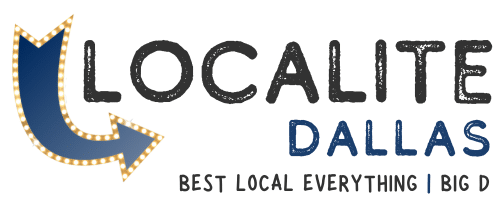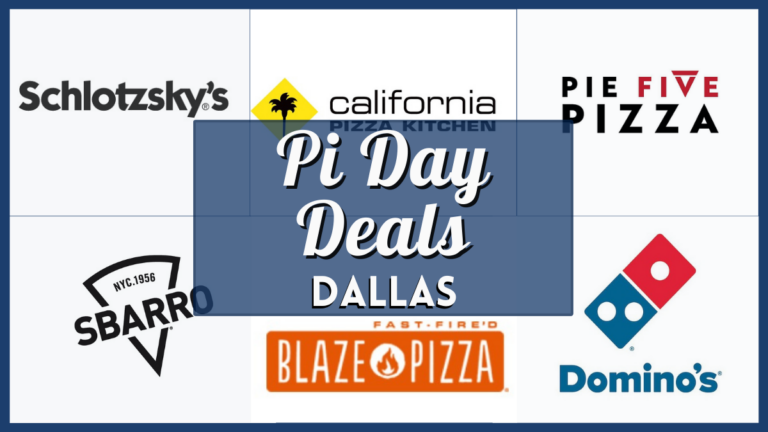My main reason for starting Fort Worth on the Cheap was to bring you the best in low-cost shopping, entertainment and dining. But it’s impossible for me to know about every deal, and you may come across an unadvertised sale or potential bargain on your own. To figure out whether it’s a true deal, it’s helpful to have these tools with you on every shopping excursion. So stash these things in your car the next time you go out:
1. Coupons. Never leave home without them. Even if you’re going out for a non-shopping reason, bring them. You never know – you might just spot a sale from the road, and combining sale prices with coupons is an excellent way to save. I keep mine in business-sized envelopes, grouped by date, and put them in a tote bag, along with scissors and…
2. Sale flyers. I collect the ads from Walgreens, CVS, Albertsons, Kroger, Target and other stores, either through the Sunday Star-Telegram or when I’m out doing errands. That way, when I’m doing my grocery shopping, I can check to see if another store has a particular item cheaper. They’re also great to have when I’m in a store like Wal-Mart, which matches advertised sale prices from competing stores.
3. Reusable bags. Some stores, including Brookshire’s and Albertsons, will give you money back for every reusable bag that you bring to the checkout counter. I have a motley, mismatched collection of bags, including a pretty pink one from the Green Bag Lady, a Target Retote that I got free with a coupon, and several canvas tote bags that I got from Goodwill for 50 cents each. Most retail stores have small bags for $1 or so; the larger ones (which I recommend) cost about $1.99.
4. A calculator. When you’re comparing several different brands of the same item, the easiest way to find the best bargain is to figure out the price per ounce (or price per cookie, or diaper, or whatever). Have a calculator on hand and you can do this in seconds, rather than trying to divide in your head or scribbling on a piece of paper. Right now, I’m using my Blackberry’s calculator, but I’ve been meaning to get an old-fashioned 4-function one, simply because it’s easier. A calculator is also helpful when you’re comparing the prices on two different sizes – contrary to popular belief, the larger economy size isn’t always the best deal.
5. A snack. This is particularly relevant if you’re shopping anywhere that they sell food. I usually fill my reusable Sigg bottle with water and put it in my cupholder, and toss something small like a granola bar onto the passenger seat. If I feel even the slightest bit hungry en route to the store, I’ll eat it. This saves me from buying those super-expensive snacks at the checkout counter (99 cents for a package of crackers? Really?).
What are your essential shopping tools? Leave a comment and let me know!










